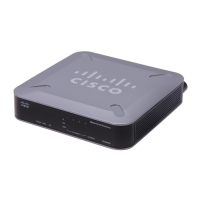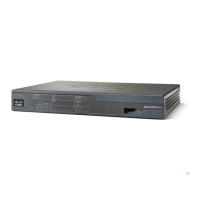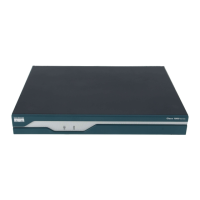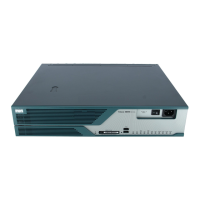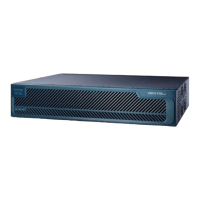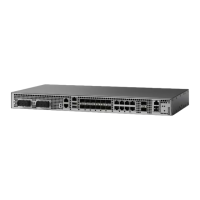•
Basic Bridging BroadBand Element (B4): This is a Customer Premises Equipment (CPE) router that
is attached to the end hosts. The IPv4 packets entering B4 are encapsulated using a IPv6 tunnel and sent
to the Address Family Transition Router (AFTR).
•
Address Family Transition Router(AFTR): This is the router that terminates the tunnel from the B4.
It decapsulates the tunneled IPv4 packet, translates the network address and routes to the IPv4 network.
In the reverse direction, IPv4 packets coming from the internet are reverse network address translated
and the resultant IPv4 packets are sent the B4 using a IPv6 tunnel.
The Dual Stack Lite feature helps in these functions:
1
Tunnelling IPv4 packets from CE devices over IPv6 tunnels to the CGSE blade.
2
Decapsulating the IPv4 packet and sending the decapsulated content to the IPv4 internet after completing
network address translation.
3
In the reverse direction completing reverse-network address translation and then tunnelling them over
IPv6 tunnels to the CPE device.
IPv6 traffic from the CPE device is natively forwarded.
Port Control Protocol
Port Control Protocol (PCP) allows an IPv6 or IPv4 host to control how incoming IPv6 or IPv4 packets are
translated and forwarded by a network address translator.
PCP version 1 as documented in http://tools.ietf.org/html/draft-ietf-pcp-base-19 is supported.
It also allows packets to be received from the Internet to a host and allows a host to reduce keepalive traffic
of connections to a server.
Policy Functions
Application Level Gateway
The Application Level Gateway (ALG) deals with the applications that are embedded in the IP address payload.
Active File Transfer Protocol (FTP), Point-to-Point Tunneling Protocol (PPTP), and Real Time Streaming
Protocol (RTSP) are supported.
FTP-ALG
CGN supports both passive and active FTP. FTP clients are supported with inside (private) address and servers
with outside (public) addresses. Passive FTP is provided by the basic NAT function. Active FTP is used with
the ALG.
RTSP-ALG
CGN supports the Real Time Streaming Protocol (RTSP), an application-level protocol for control over the
delivery of data with real-time properties. RTSP provides an extensible framework to enable controlled,
Cisco IOS XR Carrier Grade NAT Configuration Guide for the Cisco CRS Router, Release 5.2.x
16 OL-32659-01
Implementing Carrier Grade NAT on Cisco IOS XR Software
Port Control Protocol

